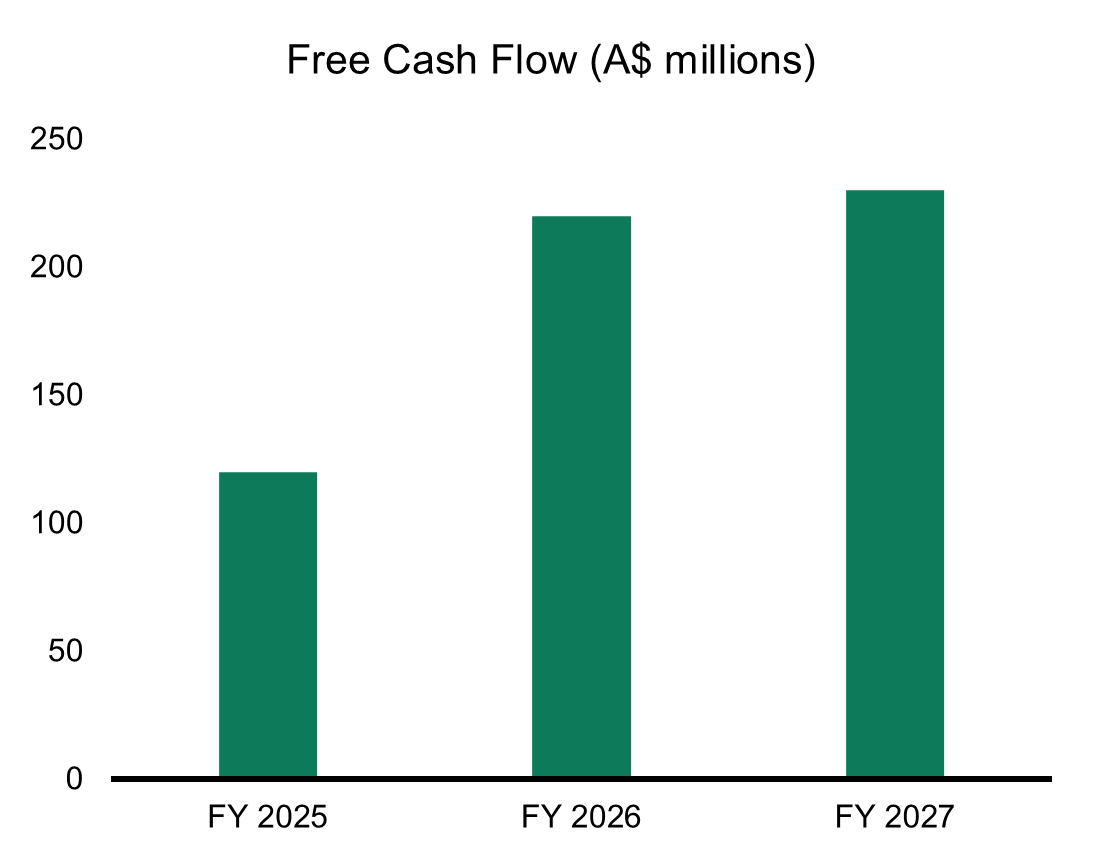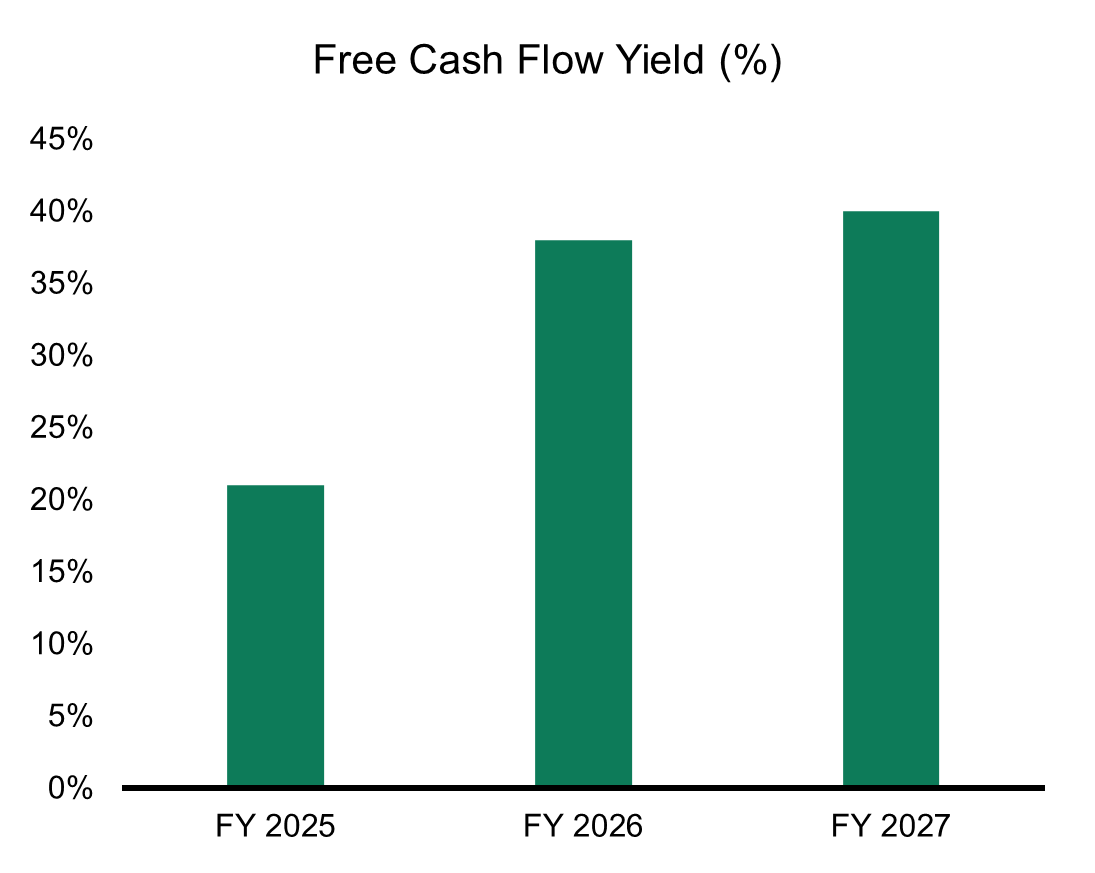Will Victoria run out of gas this winter?
The rapid deterioration of gas storage in Victoria prompted the Australian Energy Market Operator to issue a system risk notice on June 19. This notice warns of potential gas supply shortfalls in southern gas markets (NSW, VIC, SA, TAS and the ACT) due to a combination of interdependent factors including:
- A blocking high pressure system limiting wind and reducing cloud cover (and creating abnormally cold temperatures) over much of Victoria.
- Reduced wind power generation
- Increased demand for gas; to generate electricity to make up for low wind output as well as increased heating requirements
- Reduced supply from major gas plants due to maintenance issues
Combined, these factors have required a significant draw on storage capacity as seen in Figure 1.
Figure 1: A combination of interdependent factors has reduced gas
storage levels

Depending on weather over the coming few months there is a very real chance that industrial gas users may be forced to curtail operations to ensure that gas is available to consumers. Unfortunately, we believe this is just a taste of what is to come over the next several years. Supply will decline further from several ageing gas fields in Bass Strait while at the same time, demand is likely to increase from gas fired power generation required to supplement renewables.
Unsurprisingly, prices are expected to increase considerably from historic averages of ~A$8-10 per gigajoule to ~A$15-18 per gigajoule. Additional supply, and additional storage capacity is urgently required.
So, how do we make money out of this market dynamic?
One of the most compelling opportunities in the Firetrail Australian Small Companies Fund today is Cooper Energy (ASX: COE). Cooper Energy owns and operates two gas processing plants in Victoria as well as several gas fields. Therefore, the business is highly leveraged to gas pricing and as result we expect to see significant free cash flow generation.
Specifically, in FY 2027 we expect Cooper to generate ~40% of its market capitalisation in free cash flow (prior to investments in growth). Typically, in oil and gas these sorts of returns are only available in companies with declining production profiles and hence a need for reinvestment. In Cooper’s case we do not expect peak production until 2032-2033.
Aside from upside at existing operations, Cooper has a number of growth projects including undeveloped gas fields, unutilised processing infrastructure and storage assets that we believe are currently underappreciated by the market.
Figure 2: Cooper Energy’s free cash flow is rising

Figure 3: In FY 2027 we expect Cooper to generate 40% of its market
capitalisation in free cash flow.

1 topic
1 stock mentioned
1 fund mentioned

